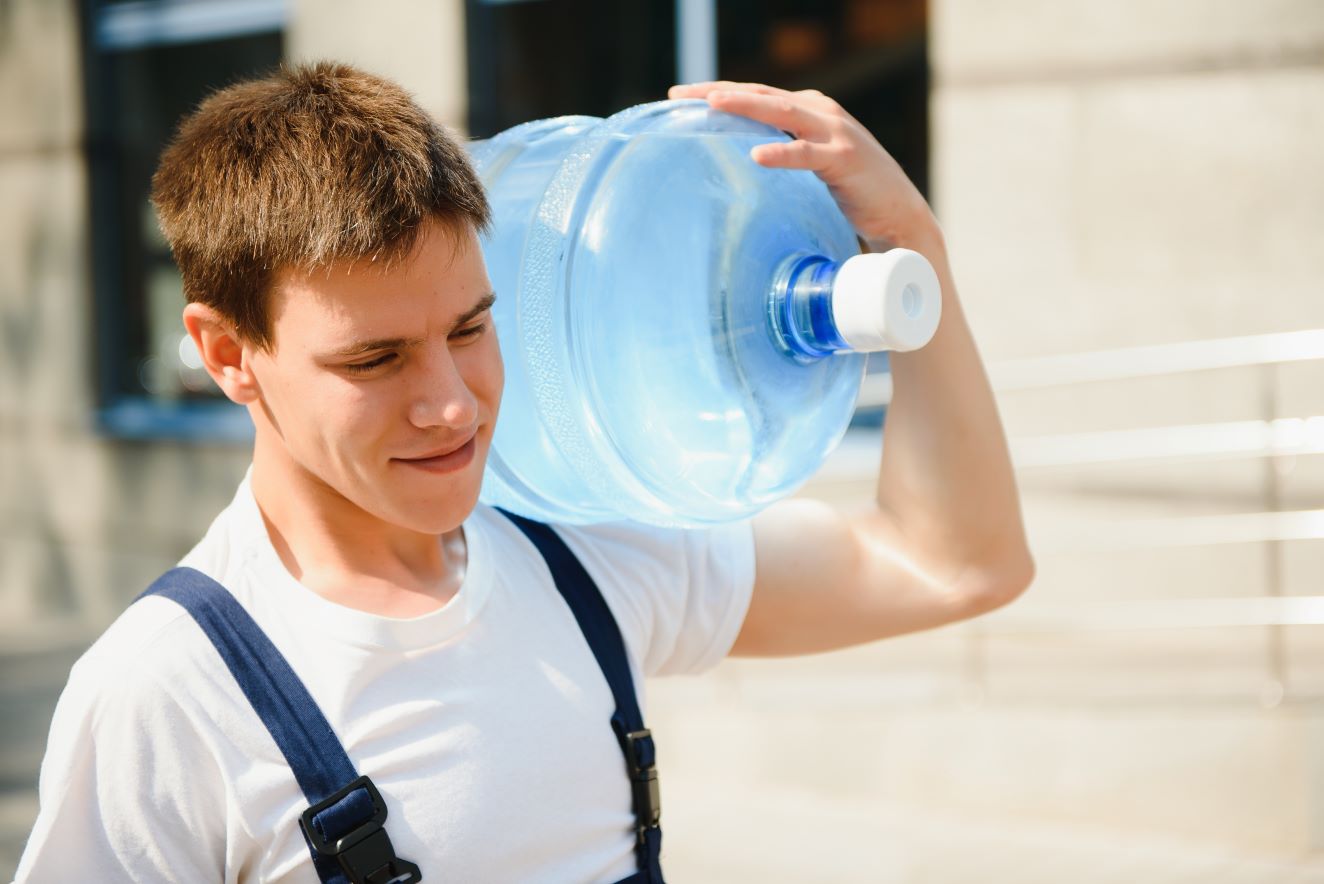Introduction
Cardiopulmonary resuscitation (MOUTH-TO-MOUTH RESUSCITATION) is a life-saving procedure that can make all the distinction in emergency scenarios. Whether it's a cardiac arrest, sinking case, or any various other clinical emergency, knowing how to carry out CPR efficiently can be the key to saving lives. In Australia, the guidelines for mouth-to-mouth resuscitation are structured to make sure that individuals are outfitted with the knowledge and skills essential to act swiftly and confidently throughout such dilemmas. This article supplies an extensive check out just how to do CPR in Australia, describing important guidelines, techniques, and finest practices.
How to Perform mouth-to-mouth resuscitation in Australia: Vital Guidelines and Techniques
What is CPR?
Cardiopulmonary resuscitation (MOUTH-TO-MOUTH RESUSCITATION) is an emergency situation lifesaving treatment performed when the heart stops beating. It entails upper body compressions and rescue breaths to keep blood flow and oxygenation up until innovative medical help arrives. Comprehending how to do CPR appropriately is important for anybody who might locate themselves in a position to help a person in distress.
Why is mouth-to-mouth resuscitation Important?
CPR is crucial because it assists maintain blood moving to the brain and various other important organs during heart attack. The faster CPR is started, the greater the possibilities of survival. According to statistics from St John Rescue Australia, prompt CPR can increase or perhaps triple a person's opportunity of survival.
Understanding Cardiac Arrest
What Causes Heart Arrest?
Cardiac arrest occurs when the heart instantly quits pumping blood successfully. This can be because of different factors, including:

- Heart disease Drowning Severe trauma Drug overdose Electrical shock
Recognizing these causes can assist you comprehend the seriousness of performing CPR when necessary.
The Fundamentals of Carrying out CPR
Adult CPR Guidelines
Step-by-Step Instructions
Check Responsiveness: Shake the individual gently and shout loudly. Call for Help: If there's no reaction, phone call 000 right away for emergency assistance. Positioning: Make certain the individual is existing flat on their back on a company surface. Open Airway: Turn their head back slightly by positioning one hand on their temple while lifting their chin with another hand. Check Breathing: Seek chest movement and listen for breathing sounds. Start Upper body Compressions:- Kneel beside them. Place heel of one hand on the facility of their chest. Place your other hand on top; interlock fingers. Keep arms straight and shoulders straight over hands. Compress at least 5 cm deep at a price of 100-120 compressions per minute.
- After 30 compressions, offer 2 breaths utilizing a pocket mask or mouth-to-mouth if safe. Continue cycles of 30 compressions followed by 2 breaths.
Incorrect Compression Depth
One usual blunder during adult CPR is making use of an inaccurate compression deepness-- much less than 5 cm or more than 6 centimeters may not be effective adequate or could create injury. Always aim for in between 5 centimeters and 6 cm.
CPR for Special Situations
Infant CPR Technique
Performing infant CPR calls for details strategies because of their size:
Check Responsiveness: Delicately touch the baby's foot or shoulder. Call for Help: Call emergency situation solutions while making sure security first. Positioning: Lay them on a firm surface area on their back. Open Airway: Utilize a neutral setting as opposed to tilting their head back too far. Check Breathing: Observe regular breathing patterns closely. Chest Compressions:- Use two fingers positioned just below the nipple line at a depth of about 4 cm at a price comparable to grownups-- 100-120 compressions per minute.
- Give 2 mild breaths after every 30 compressions; make sure no obstruction occurs.
Drowning Victims
For drowning targets, it's important first to obtain them out of water safely before beginning mouth-to-mouth resuscitation:
Follow common CPR steps however highlight rescue breaths given that they could not be taking a breath due to water inhalation.
Ensure airways are clear by turning the head backwards before launching rescue breaths.
Utilizing AED with CPR in Australia
What is an AED?
An Automated External Defibrillator (AED) is developed to assess heart rhythms and supply electrical shocks as required throughout cardiac arrest situations.
How To Utilize AED
Turn on the AED gadget; comply with voice motivates supplied by it meticulously. Expose the chest area where pads will certainly be placed. Attach pads according to layouts revealed on pads or gadget directions-- one pad above ideal breast bone and another below left armpit. Ensure nobody touches the patient while analyzing rhythm-- clear everyone away! If shock advised, press 'shock' switch when motivated; resume upper body compressions instantly after shock delivery.Household CPR Readiness
Preparing Your Home For Emergencies
Being prepared in your home can save vital mins throughout emergencies:
Have obtainable areas for emergency treatment kits including handwear covers, scissors, antibacterial wipes & & manuals describing fundamental first aid treatments including "how to carry out mouth-to-mouth resuscitation." Discuss home emergency prepares consistently involving all member of the family so every person understands what activities they ought to take if something occurs unexpectedly!FAQs Regarding Executing CPR in Australia
Q1: The length of time does a CPR certificate stay valid in Australia?
A1: A typical CPR certificate validity lasts approximately three years before requiring revival with recertification courses offered widely throughout various organizations like St John Ambulance.
Q2: Are there on the internet options available for acquiring certification?
A2: Yes! Lots of recognized institutions offer online cpr certification that enables participants versatility concerning time monitoring while finding out vital abilities required efficiently!
Q3: What age-specific standards exist for performing cpr?
A3: Yes! There are clear age-specific mouth-to-mouth resuscitation guidelines australia highlights differences based upon age groups (babies vs children vs grownups) pertaining to methods used therefore ensuring performance without triggering injury unintentionally!

Q4: Is there any kind of statistical information connecting success prices post-cpr?
A4: Absolutely! According To cpr success price stats australia, Immediate initiation boosts survival rates substantially showing importance behind prompt interventions!
Q5: Can I use AED without official training?
A5: Definitely! The majority of modern gadgets come geared up with user-friendly guidelines making it feasible also inexperienced people administer shocks safely when necessary!

Q6: Where can I discover regional courses offering hands-on training sessions?
A6: Numerous companies offer local mouth-to-mouth resuscitation classes, consisting of community centers as well as hospitals focusing largely instructing standard lifesaving techniques efficiently via useful demonstrations together with theoretical understanding acquisition!
Conclusion
Knowing just how to perform mouth-to-mouth resuscitation in Australia efficiently has emerged as an essential ability efficient in saving plenty of lives each year-- a duty all of us share within our areas! By understanding foundational concepts surrounding this life-saving strategy together with incorporating sources offered in your area such as training courses tailored specifically in the direction of boosting private capabilities; we equip ourselves better furnishing those prepared sufficient rise occasions where action requires taken promptly! Bear in mind constantly practice makes ideal; consequently constant discovering whether attending refresher trainings CPR Training courses Sunshine Coast first aid and cpr courses sunshine coast workshops makes sure preparedness versus unpredicted emergencies striking when the very least expected!